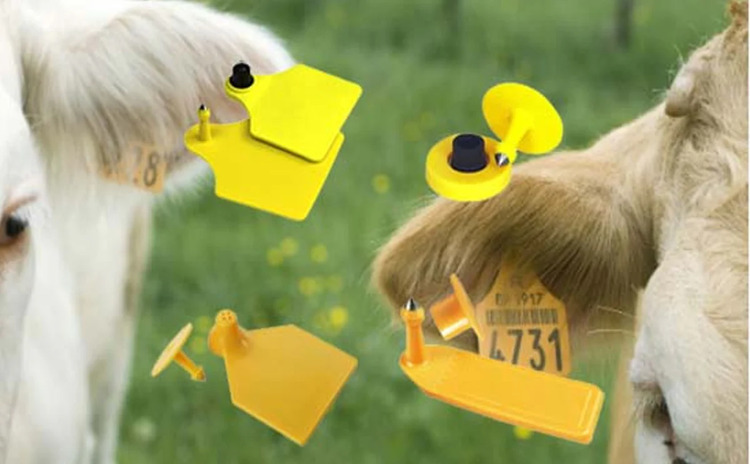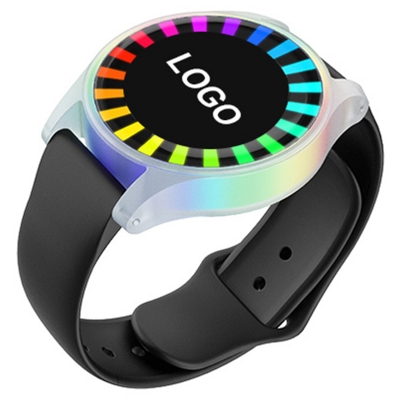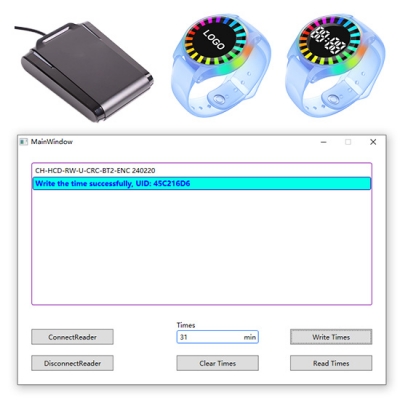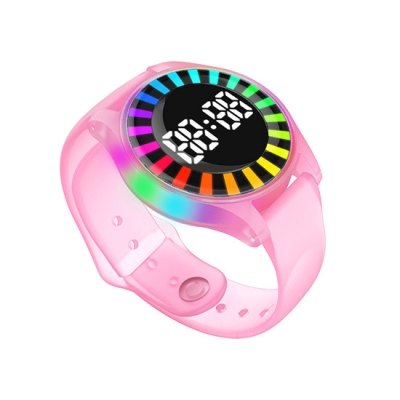However, when it comes to choosing the right RFID animal ear tags for your application, we are often faced with two choices: low frequency (LF) and ultra-high frequency (UHF). Let's take a closer look at their respective advantages and disadvantages from the perspective of professional manufacturers:

1. Low-frequency RFID animal ear tags
Low-frequency RFID usually operates in the 125 kHz or 134.2 kHz frequency bands and is widely used for the identification of individual animals in animal husbandry. For example, low-frequency RFID ear tags are widely used in large cattle and sheep farms abroad. When domestic border inspection offices count imported animals for epidemic prevention, they also use low-frequency electronic ear tag readers installed on the channel gates to count one by one to avoid cross-reading problems.
The advantages of low-frequency RFID animal ear tags include
- Stability: Low-frequency RFID ear tags show better stability in harsh environments, such as in humid, dusty or electromagnetically interfered places.
- Adaptability: Low-frequency RFID ear tags are suitable for most animals, including cattle, pigs, sheep, horses, etc.
- Identification distance: Although the identification distance of low-frequency RFID ear tags is relatively short, they have good identification effect at close range.
- Cost: Low-frequency RFID ear tags have relatively low hardware costs and are suitable for large-scale applications.
However, low-frequency RFID ear tags also have some disadvantages
- Limited identification distance: The identification distance of low-frequency RFID ear tags is usually short and needs to be close to the reading device.
- Slow data transmission speed: Compared with high frequency, the data transmission speed of low-frequency RFID ear tags is slower.
2. UHF RFID animal ear tags
UHF RFID usually operates in the frequency band of 860 MHz to 960 MHz. my country's Animal Husbandry Bureau stipulates that pigs, cattle and sheep can wear UHF ear tags. UHF RFID ear tags have the characteristics of batch reading, fast reading speed, and long reading distance, and play an important role in identifying animals.
The advantages of UHF RFID animal ear tags include
- Longer identification distance: UHF RFID ear tags have a longer identification distance and are suitable for scenarios that require long-distance reading.
- Fast data transmission speed: UHF RFID ear tags can transmit data faster.
- Multi-tag processing: UHF RFID ear tags support reading multiple tags at the same time.
- Compact reader: UHF RFID readers are also more compact and portable.
However, UHF RFID ear tags also have some disadvantages
- High cost: UHF RFID ear tags usually have a high hardware cost.
- Affected by metal and liquid: Metal and liquid interfere with the transmission and reading of UHF RFID signals.
- Cross-reading and missed reading: When performing batch reading and inventory, UHF ear tags may face the problems of cross-reading and missed reading.
In summary, choosing the right RFID animal ear tag for a specific application scenario requires comprehensive consideration of its performance, cost, and environmental factors. Low-frequency RFID ear tags are suitable for one-to-one identification and low-cost inventory of individual animals in animal husbandry, while ultra-high-frequency RFID ear tags are more suitable for scenarios that require batch reading, long-distance identification, and high-speed data transmission. According to your specific application requirements and budget constraints, choosing the right RFID animal ear tag can improve the efficiency and accuracy of animal management.














